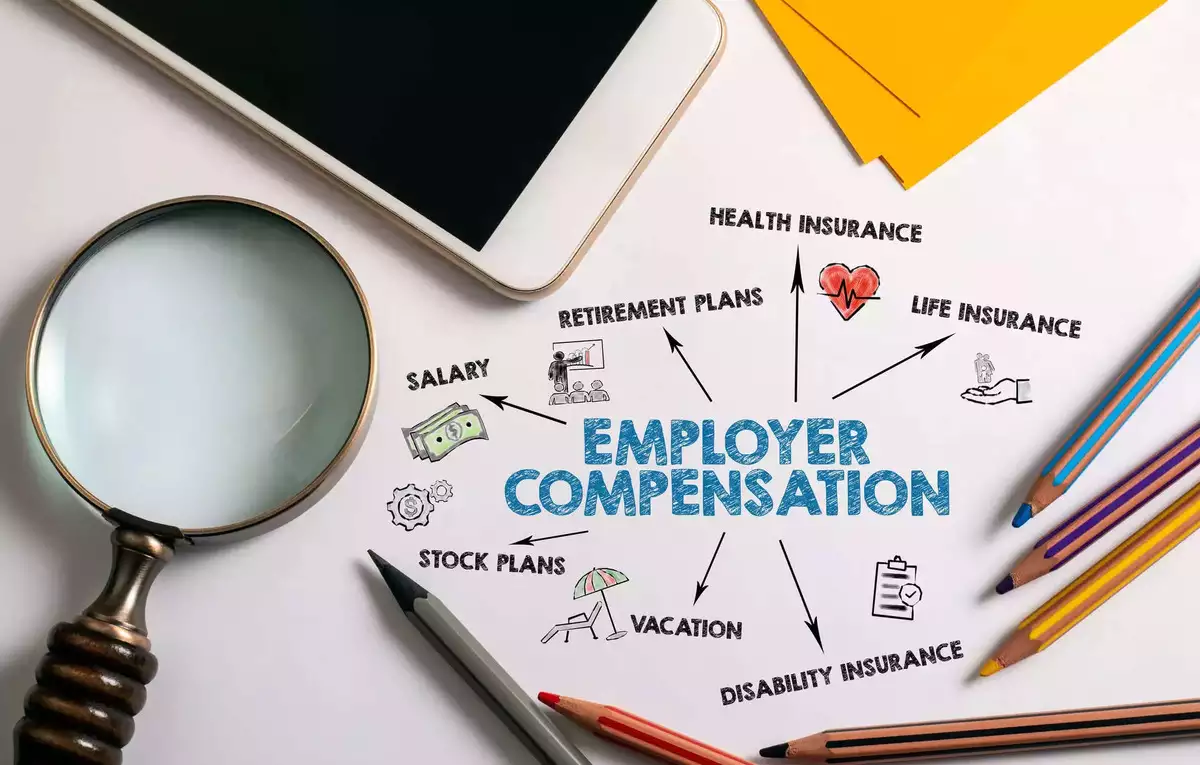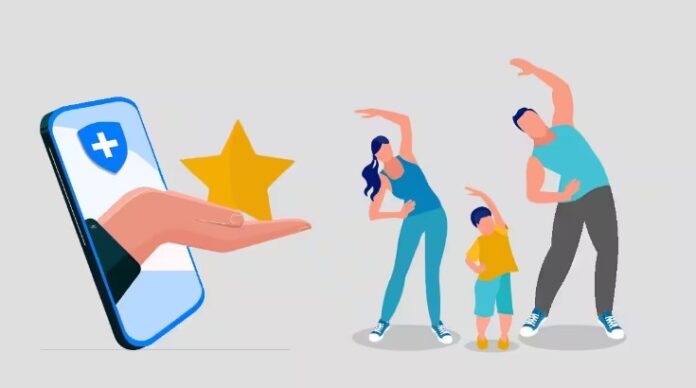In today’s competitive job market, a robust employee benefits package is crucial for attracting and retaining top talent. However, not all benefits offerings are created equal. Organizations must carefully craft benefits packages that align with their culture and truly resonate with the needs of their workforce. From compensation to work-life balance and beyond, designing the right mix of benefits requires strategic planning and continuous reevaluation.
Compensation That Motivates and Rewards

At the core of any employee value proposition is fair and competitive compensation. Beyond just base salary, organizations have several options to incentivize performance and recognize employees. Merit-based pay increases tied directly to performance evaluations can motivate productivity. Small, periodic raises are often more effective than infrequent, larger increases.
Short-term incentive plans like bonuses and profit-sharing tie compensation directly to individual or company-wide goals. Long-term incentives like stock options and restricted stock units align employees’ interests with shareholders and promote retention.
Spot bonuses or onetime payouts recognize achievements as they occur rather than waiting for formal review cycles. These can boost morale and engagement. Holistic benefits beyond direct compensation are equally important for attraction and retention. Employees now expect much more from their employee benefits package, according to the folk at VertiSource HR.
Health Insurance and Wellness Programs

With healthcare costs continually rising, health insurance remains one of the most valued benefits. Organizations must balance providing robust coverage with managing expenses. Strategies include:
- Offering a choice of plan options – For example, a high-deductible PPO paired with an HSA versus a higher-premium PPO.
- Contributing to Health Savings Accounts (HSAs) to help offset deductibles.
- Partnering with localized Accountable Care Organizations (ACOs) to reduce provider costs.
- Incentivizing preventative care and healthy behaviors through reduced premiums.
Complementary wellness programs further support physical and mental health. Examples include on-site flu shot clinics, exercise classes, smoking cessation programs, counseling, and apps for managing conditions like diabetes or hypertension. These demonstrate investment in employees’ overall wellbeing beyond just medical coverage.
Retirement Savings and Financial Health

Retirement plans are expected from today’s workforce. Organizations should provide benefits that easily facilitate long-term saving:
- 401(k) plans with generous employer matching motivate participation and growth of retirement funds.
- Education around savings rate benchmarks and investing helps employees make informed decisions.
- Access to financial advisors provides personalized guidance on preparing for retirement.
- Flexible plans allow adjustments to contributions as employees’ needs evolve.
- Competitive employer match percentages make participating attractive.
- Roth 401(k) options let employees save with after-tax dollars.
Time Off and Work-Life Balance
Today’s talent also values flexibility and work-life balance from their employee benefits package. Organizations can promote engagement and retention by offering generous vacation time, sick days and holidays to prevent burnout. Flexible schedules, remote work options and compressed work weeks empower work-life integration.
Extended parental leave policies well beyond legal requirements help new parents and sabbaticals or seasonal leave provide opportunities to recharge. Volunteer time off gives employees a chance to give back. Wellness days or mental health days acknowledge the need for personal time.
Investing in time off and flexible arrangements demonstrates trust in employees and respects their needs outside of work.
Learning and Development
Providing growth opportunities is key to engaging and retaining top performers. Benefits that support continuous learning include formal training programs, workshops, and online learning platforms as well as tuition reimbursement for advanced degrees and external courses. Amidst rapid digital disruption, learning benefits are especially prized for enabling employees to stay relevant.
Advancing Workplace Diversity and Inclusion

Organizations are increasingly acknowledging the importance of incorporating diversity and inclusion into their culture. This involves initiatives like enhancing diverse representation in leadership roles, conducting cultural competency training, and offering benefits that cater to different employee groups. Just as trophies symbolize achievement, fostering an inclusive environment ensures every employee feels acknowledged, respected, and valued for their contributions.
Enhanced Employee Support Programs
Employee Assistance Programs (EAPs) provide crucial support beyond conventional benefits. These programs offer confidential access to services such as mental health counseling, financial advice, and legal aid, addressing personal and professional challenges that can impact an employee’s well-being and efficiency. Providing EAPs showcases an organization’s dedication to the overall welfare of its employees, thus improving mental health and fostering a resilient workforce.
Customized Benefits Selection
Offering personalized benefits packages allows employees to select options that best fit their unique needs and lifestyles. These packages typically include various choices like healthcare, retirement plans, and additional perks like wellness initiatives or childcare assistance. Tailored benefits acknowledge the individuality of each employee, enhancing job satisfaction and retention by giving them control over their preferred benefits.
Initiatives for Career Advancement
Career growth initiatives provide employees with opportunities to progress in their careers through mentorship, leadership training, and promotion pathways. Investing in these initiatives demonstrates an organization’s commitment to developing its talent internally, encouraging skill development and offering clear advancement opportunities. This is crucial for retaining exceptional talent and promoting a culture of ongoing learning and progress.
Employee Engagement and Feedback

Actively seeking and responding to employee feedback is key to fostering a motivated and dedicated workforce. Tools like engagement surveys and open communication channels enable organizations to better understand employee perspectives and needs. Involving employees in shaping benefit packages and addressing their input fosters a sense of belonging and inclusion. An engaged workforce tends to be more satisfied, efficient, and loyal to the company’s objectives.
Clear Communication of Benefits
Clear and transparent communication regarding benefits is essential for employees to understand and fully utilize what is available to them. This involves providing detailed information about the options, eligibility, enrollment process, and any updates. Transparent communication cultivates trust, minimizes confusion, and enables informed decision-making regarding benefits. Effective communication ensures employees recognize the value of their benefits, leading to greater satisfaction and acknowledgment of the organization’s commitment to their well-being.
Conclusion
To attract and retain top talent, organizations must get creative and go beyond basic benefits. Tailoring offerings to employees’ needs and priorities means companies can craft a benefits package that truly resonates. The result will be an engaged, productive workforce that drives success.









